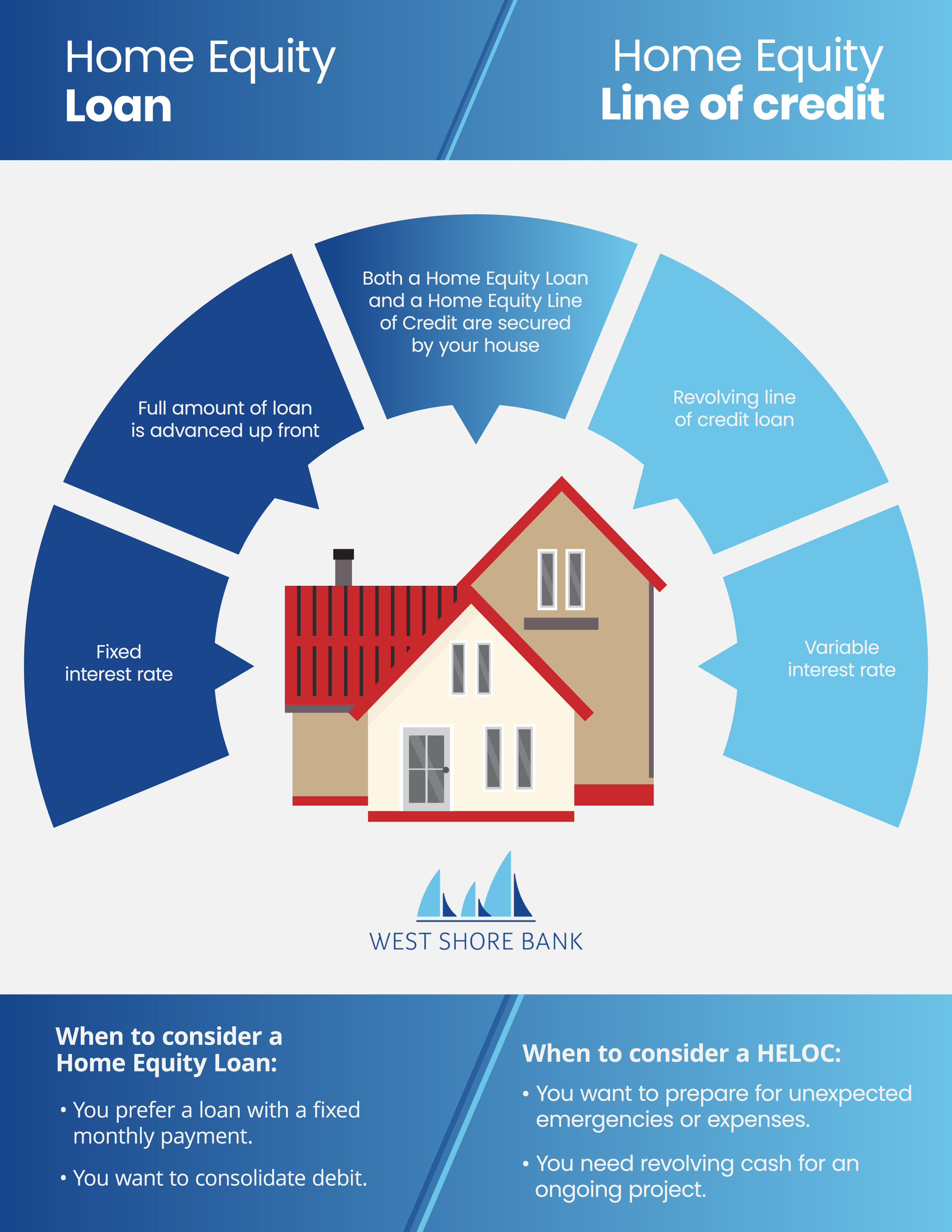Home Equity Loans vs. Equity Loans: Understanding the Differences
Wiki Article
Debunking the Certification Refine for an Equity Lending Approval
Navigating the certification procedure for an equity loan authorization can commonly appear like understanding an intricate puzzle, with different aspects at play that identify one's qualification. Recognizing the interaction in between debt-to-income ratios, loan-to-value ratios, and other key standards is critical in safeguarding authorization for an equity finance.Secret Eligibility Standard
To certify for an equity finance authorization, conference details crucial qualification criteria is crucial. Furthermore, lenders evaluate the applicant's debt-to-income ratio, with the majority of favoring a ratio below 43%.Moreover, lending institutions assess the loan-to-value proportion, which contrasts the amount of the loan to the evaluated value of the property. Meeting these key eligibility requirements raises the likelihood of protecting authorization for an equity lending.
Credit Scores Score Value

Lenders typically have minimum credit rating score requirements for equity lendings, with scores over 700 typically taken into consideration excellent. By keeping an excellent credit rating score with prompt bill repayments, low credit rating usage, and responsible borrowing, applicants can enhance their possibilities of equity financing approval at competitive prices.

Debt-to-Income Ratio Analysis
Provided the vital duty of debt scores in establishing equity financing approval, one more critical element that lending institutions analyze is a candidate's debt-to-income proportion evaluation. The debt-to-income proportion is a vital financial statistics that offers understanding into a person's capacity to handle added debt responsibly. Lenders calculate this proportion by splitting the total month-to-month debt commitments of an applicant by their gross regular monthly income. A lower debt-to-income proportion indicates that a consumer has more income available to cover their debt repayments, making them a more eye-catching prospect for an equity funding.Lenders generally have specific debt-to-income ratio demands that customers have to satisfy to receive an equity finance. While these requirements can vary among lending institutions, a common criteria is a debt-to-income proportion of 43% or reduced. Borrowers with a greater debt-to-income proportion might face difficulties in safeguarding approval for an equity car loan, as it recommends a higher threat of failing on the financing. Home Equity Loan. It is necessary for applicants to evaluate and possibly reduce their debt-to-income proportion prior to applying for an equity financing to increase their chances of authorization.
Building Appraisal Requirements
Evaluating the value of the residential or commercial property with a thorough evaluation is an essential action in the equity loan authorization process. Lenders need a property evaluation to guarantee that the home supplies enough security for the funding amount asked for by the special info customer. Throughout the building assessment, an accredited appraiser reviews different aspects such as the residential property's problem, size, area, similar property worths in the location, and any special features that may influence its overall worth.The residential or commercial property's appraisal value plays a crucial role in determining the maximum amount of equity that can be obtained versus the home. Lenders commonly call for that the evaluated value satisfies or goes beyond a particular percent of the lending quantity, called the loan-to-value proportion. This proportion assists reduce the loan provider's danger by guaranteeing that the residential or commercial property holds sufficient value to cover the funding in case of default.
Eventually, a detailed property appraisal is crucial for both the consumer and the loan provider to accurately analyze the building's worth and determine the expediency of approving an equity finance. - Equity Loan
Comprehending Loan-to-Value Proportion
The loan-to-value ratio is a vital financial metric used by loan providers to examine the danger related to giving an equity lending based upon the home's appraised worth. This proportion is computed by splitting the quantity of the funding by the appraised worth of the residential or commercial property. If a building is appraised at $200,000 and the funding quantity is $150,000, the loan-to-value proportion would be 75% ($ 150,000/$ 200,000)
Lenders utilize the loan-to-value proportion to determine the degree of risk they are taking on by supplying a loan. A higher loan-to-value ratio indicates a greater danger for the lender, as the consumer has less equity in the building. Lenders typically choose lower loan-to-value ratios, as they offer a pillow in case the customer defaults on the loan and the residential or commercial property requires to be offered to recuperate the funds.
Consumers can likewise take advantage of a lower loan-to-value proportion, as it might cause much better finance terms, such as reduced rate of interest or reduced fees (Alpine Credits). Comprehending the loan-to-value proportion is critical for both lenders and consumers in the equity finance authorization procedure
Verdict
To conclude, the certification procedure for an equity lending approval is based on key eligibility standards, credit history score importance, debt-to-income ratio evaluation, residential or commercial property appraisal requirements, and comprehending loan-to-value proportion. Fulfilling these standards is crucial for securing approval for an equity financing. It is necessary for debtors to meticulously assess their monetary standing and property value to boost their chances of approval. Understanding these factors can aid individuals navigate the equity financing authorization procedure better.Recognizing the interaction between debt-to-income proportions, loan-to-value proportions, and other crucial requirements is paramount in protecting authorization for an equity car loan.Offered the crucial duty of credit rating ratings in establishing equity financing approval, another vital aspect that loan providers evaluate is an applicant's debt-to-income proportion evaluation - Alpine Credits. Debtors with a higher debt-to-income proportion may deal with difficulties in protecting authorization for an equity finance, as it recommends a greater danger of failing on the funding. It is essential for candidates to examine and possibly decrease their debt-to-income proportion before applying for an equity car loan to increase their possibilities of authorization
In verdict, the credentials procedure for an equity financing authorization is based on essential qualification criteria, credit scores rating value, debt-to-income ratio evaluation, home appraisal demands, and comprehending loan-to-value ratio.
Report this wiki page